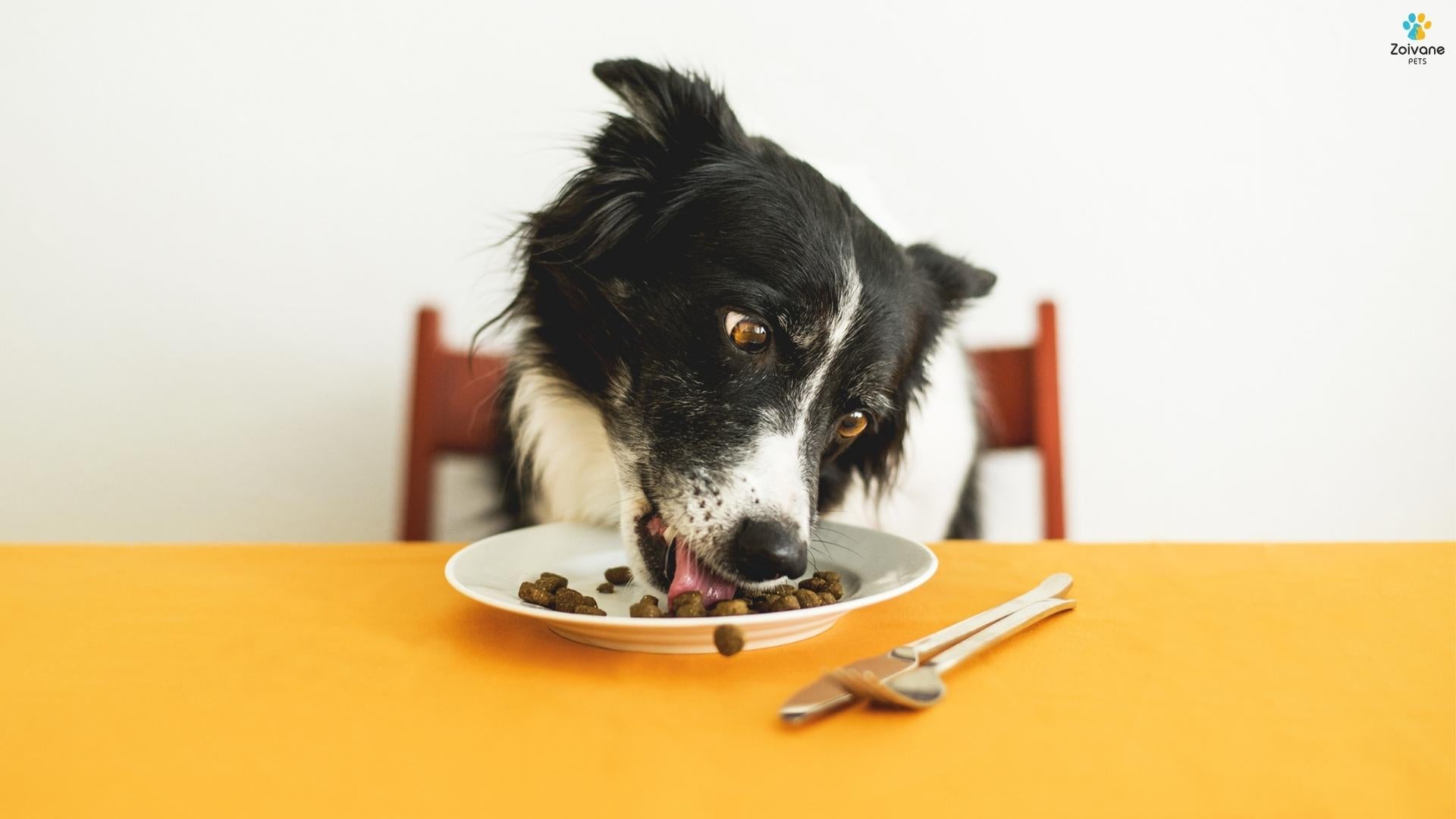
What to feed a new pet
One of the most important aspects of getting a pet home is what to feed him. As a pet parent, you need to establish their diet and a feeding schedule. Feeding your dog or cat the right food helps to ensure good health, energy, and vitality. Ideally, you should stick with the food and feeding schedule that your pet was experiencing at the shelter, foster home, or breeder to help them transition into their new home. After a week, you can begin to adjust their food or feeding schedule — just make sure that the process is gradual.
If you wish to change your pet’s diet after adoption as per your own needs & schedule, consult with your veterinarian about the best food to feed them and how much to feed them. Many factors go into the decision, including your pet’s age, existing medical conditions, oral health, preferences, tastes and budget. Whatever you decide, it’s important to feed your pet a complete, balanced diet.
This blog answers the following pet food related questions: -
- How much should I feed my pet?
- How often should I feed my new pet?
- What is the best time to feed my pet?
- Allergies and Intolerances
- What to do if my new pet is not eating food properly?
- What kind of food should I feed my new pet?
- When can I transition to adult food?
- 10 Feeding tips

How much should I feed my pet?
We want our young pets to grow into healthy adult dogs & cats, but we do not want to over feed them. A 2018 survey by the Association of Pet Obesity Prevention found that more than half of pet dogs and cats in the USA are overweight or obese. Take the following 3 steps to get an answer to this question: -
- Consult your vet: as your pet grows, his or her energy needs will also grow and so you will need to continuously adjust their diet based on breed, body condition and weight. It’s best to consult your vet early on to get an idea of their nutritional requirements.
- Calculate: You, your peers, other pet parents or your veterinarian can help you calculate a calorie requirement per day based on your pet’s individual body weight and age.
- Label instructions: Food bags will contain feeding instructions on the label, whether your pet is a small or a large breed. This can be a good place to start but remember that these are average requirements and are not individualized for your pet.
How often should you feed your new pet?
In a nutshell, this depends on their age, breed & other physiological factors. Having said that, 👇
- 8-12 weeks: 3 or 4 times per day – Morning, mid-morning, early-afternoon, and evening.
- 3-6 months: 3 times a day. Morning, lunch, and evening.
- 6 months & more: 2 times a day. Morning & evening.
While it's not a perfect science, sticking to the above-mentioned outlined feeding frequencies is best for most pets.

What is the best time to feed your new pet?
This largely depends on you as a pet parent; you & your schedule. For example, if you’re out of the house for a long period of time, make sure they eat in the morning & evening. Feeding schedules can and should be adjusted to fit your household's schedules. However, there are some times that are better than others for feeding puppies / cats: -
- Early morning: After your pet wakes up, but after a potty break.
- Lunchtime: This is often when you may be home from work or eating lunch.
- Evening: Preferably 2-3 hours before bedtime to give your pet enough time to digest all the food.
Above all, be consistent! A consistent feeding frequency will lead to more consistent potty breaks, which is vital for potty training.
Allergies and Intolerances
You likely won’t know initially if your newly adopted cat or dog has allergies or intolerances to different proteins or other foods. If an allergy was suspected by the shelter or your pet’s previous owner, work with your veterinarian to properly diagnose the allergy. If you do decide to transition your pet to a food that is different than what they ate at the shelter, do so slowly and watch out for changes in their poop, if they throw up, or if they develop a skin rash, which could indicate an allergy or intolerance to an ingredient in their food.

What to do if Your New Puppy / Kitten / Cat / Dog is not eating straight away?
Sometimes a newly adopted pet won’t eat right away. The adoption process paired with a new environment can be a stressful transition for them. It’s important here that you consult the previous owner / breeder / shelter for detailed information on their diet, lifestyle, activity preferences etc. Sticking with the diet they were on at the shelter or rescue can help to minimize the chances of this happening.
If your new pet is not eating properly, you can also try adding the following items to their food to encourage their appetite:
- Boiled rice
- Boiled chicken (no skin, seasoning, or bones)
- Meat-based baby food
- Canned (wet) food
- Mix in a few treats
If you’ve tried these tips and your new cat or dog isn’t eating anything, it’s time for a call and visit to the veterinarian, as there could be a medical problem causing it.
What kind of food should I feed my pet?
This is an important decision as the answer to this question is never same for two pets. Should you feed them dry kibble, wet food, canned food, home-cooked food or a combination of these? In a nutshell, there is no research to support that one food form is better than the other and so this choice is really based on personal preference: -
Dry food: This can be more convenient since it does not have to be refrigerated and is also usually less expensive.
Wet food: Wet or canned food has a much higher moisture content so can be a good way to increase water intake. Since canned food is high in moisture, it is less energy dense (fewer Calories per 100 grams) and so you can feed a larger volume of canned food compared to dry food.
Home-cooked food: This third category is abundant, especially in Indian households. But our food consists of spices, masalas and other ingredients that are harmful, even fatal, for young & adult pets. It’s best to consult your vet regarding what all home-cooked items can you feed your pet and when. Cooked meat such as boiled chicken or lamb may be offered occasionally, but ensure there are no cooked bones, onions, sauces present which may harm your pet.
In general, it is a good idea to expose your puppy to all three forms of food, even if you plan on exclusively feeding one or the other. However, feeding one type of food may cause your pet to turn into a picky eater as an adult pet; he or she may refuse a food type that is unfamiliar.

When can you transition to adult food?
Your puppy / kitten needs more calories and different ratios of certain nutrients to grow and mature the best way and rate possible, which is why feeding them a specific formula of food is best. It typically happens between 1 and 2 years of age. Talk to your veterinarian to find out the right time to transition to adult-stage food.
10 Important Feeding tips for your new pet
- Don’t Free feed: Feeding without a timetable and restraint can lead to unwanted problems & complications like unwanted pests, difficulty in monitoring change in appetite etc. Decide on a feeding schedule and stick to it. Sometimes when your pet gets sick or contracts some type of disease, their appetite will change. If they are free feeding, it can be difficult to monitor and notice these changes.
Rather than free feeding, take the amount of food they should ideally eat daily, and feed half of the amount in the morning and the other in the evening. This can help to make potty training and crate training easier since you can better time their potty breaks. Consistent meal times help creates consistent potty times! If your pup is eating at a specific time each day, they’re going to need to go potty at roughly the same time each day.
- Incorporate Obedience & Behavioural Training during meal time: Food is any pet’s biggest motivator. When their “food drive” is higher, using their food as an incentive can make your pet more likely to follow through with desired commands / actions.
- Don’t Feed Table Scraps / leftovers: The pleading gaze of a begging dog can be irresistible. But don’t give into those cute eyes; overfeeding or feeding leftover foods can create a nutritional imbalance, and certain ingredients and spices in your favorite dishes can cause upset stomach in pets.
- 10% Rule: This rule created by Pet experts simply states that treats should only consist of 10% of your pet’s daily intake. Treats aren’t a completely balanced “meal”, overfeeding treats can cause weight gain and ensuing health issues.
- Weigh your pet regularly, early on: Weigh your pet at least once or twice a month, this will help you stay alert to changes in their health and weight. Weighing your pet frequently can help you keep an eye on sudden changes that may be related to health issues.
- Clean your pet’s water & food bowl regularly: Even if your pet’s bowls may look clean, since they lick it clean when they eat, bacteria can easily build up and cause potential problems. It’s recommended to wash your new pet’s bowl regularly. Also, consider undertaking the following steps in case you’ve brought home a puppy / kitten: -
- Sterilize bottles & nipples: should be cleaned and then boiled in water to sterilize them between uses.
- Don’t overprepare food: Never prepare more milk / food than can be used within 24 hours and always keep it refrigerated.
- Discard if left at room temperature for long: Discard food / formula if left at room temperature for a long duration.
- Bathing: Once or twice each week, gently wash your pup / kitten with a moist cloth.
- Stick to a Schedule: As mentioned before, sticking to a feeding schedule will help your pet to maintain a normal and consistent schedule, enabling discipline & consistency.
- Monitor Stool: Especially early on, keeping an eye on your pet’s stool will help you monitor any potential health changes.
- Choose their feeding spot wisely: This may not seem to be that important a point, but just like a feeding schedule, having a consistent feeding spot will help your pet associate that time and location in a positive way. When starting crate training, many people will feed their pup inside the crate and then continue that habit even once their pet is fully crate and potty trained. The main idea is to stay consistent and to choose a spot that’s easy to clean and doesn’t get lots of foot traffic.
- Measure their intake: Instead of just estimating a cup, get an actual measuring cup when scooping out your pet’s meals. This will help ensure that your little buddy is getting just the right amount of food. Also, if changes need to be made for feeding proportions, you’ll know exactly what your baseline was when you make the change.
As your pet grows, his requirements grow and change for several essential nutrients, such as protein, amino acids, essential fatty acids, vitamins and minerals, that must be met through their diet. It’s important that you give them a balanced diet and don’t hesitate to consult your vet, as a good diet is essential for your pet’s growth.

You can connect with Zoivane Pets on our Website, Instagram, Linkedin, Facebook & YouTube. For suggestions, queries or feedback mail us at wecare.zoivane@gmail.com or Whatsapp us on +91-9727054006
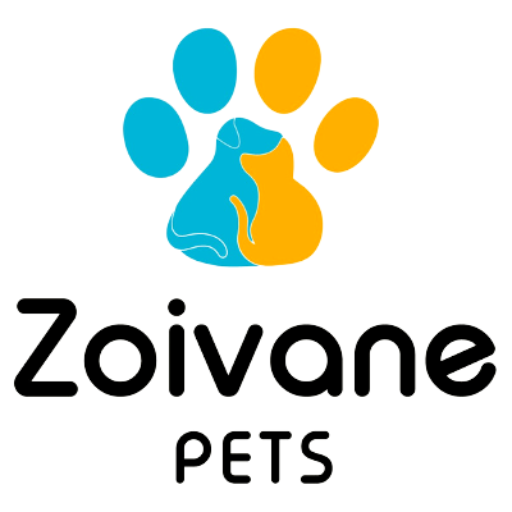












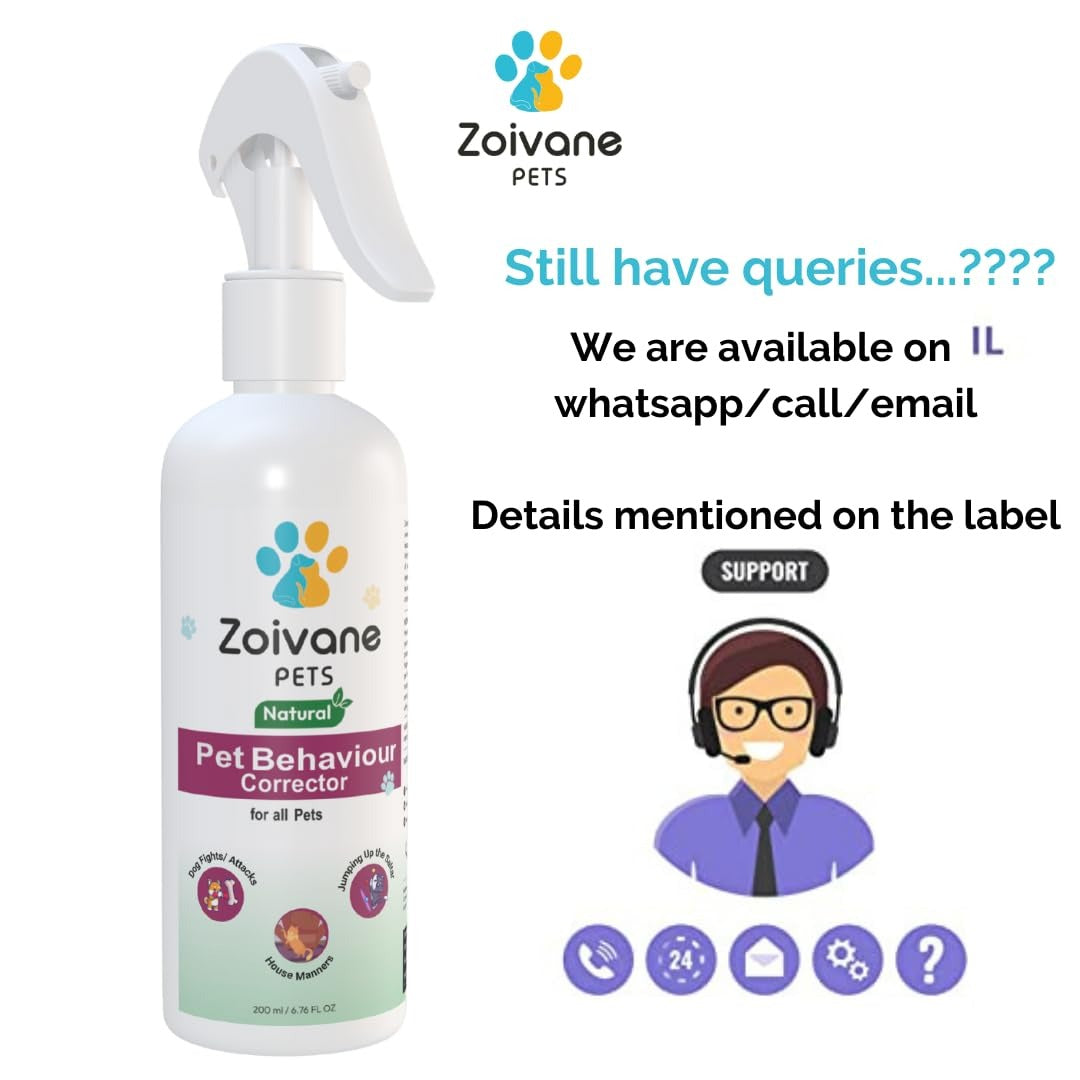
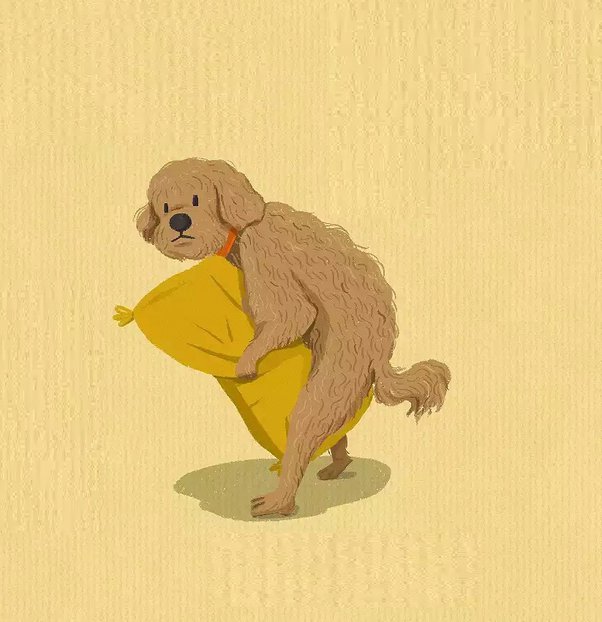
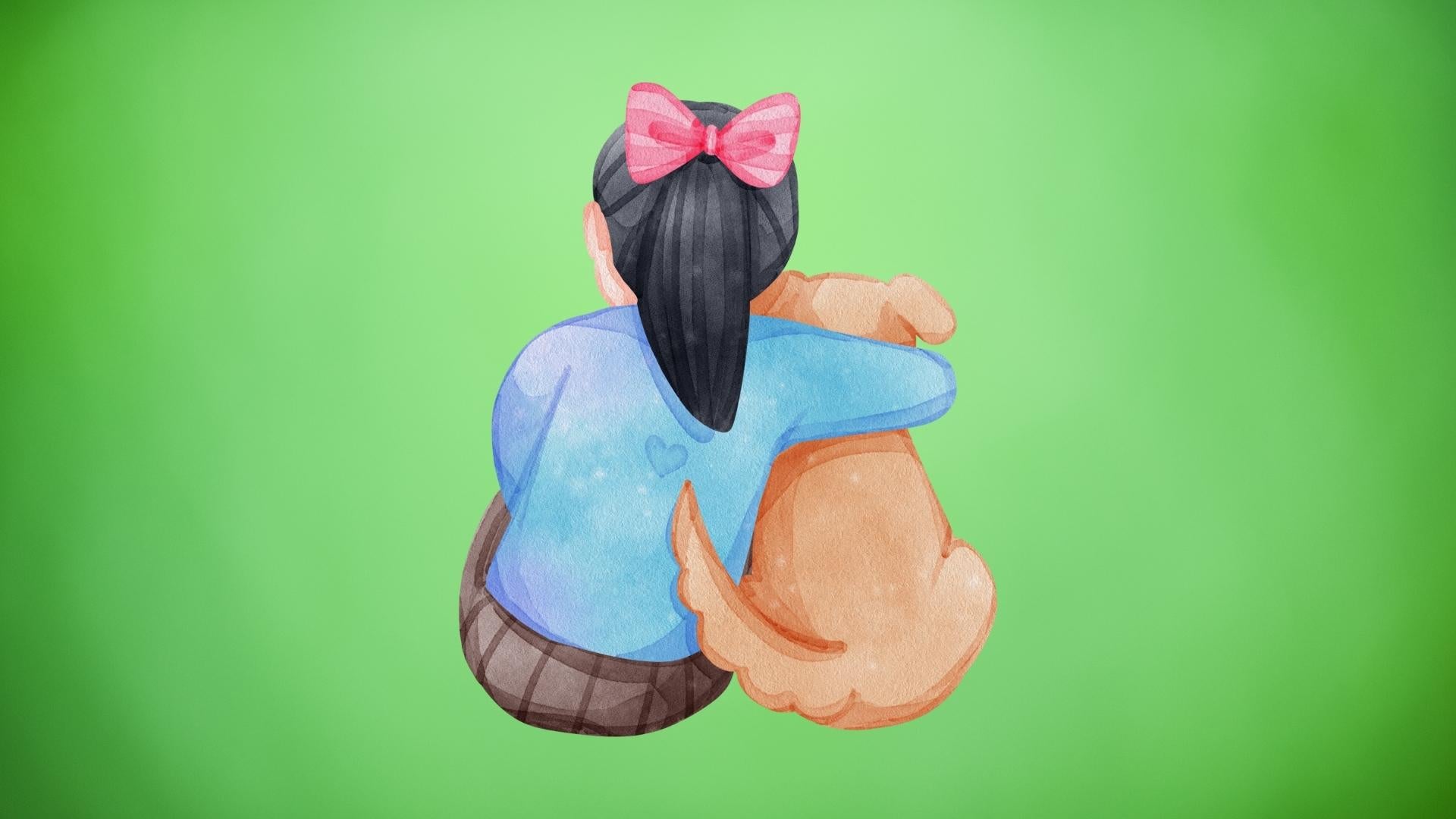
Leave a comment
This site is protected by hCaptcha and the hCaptcha Privacy Policy and Terms of Service apply.